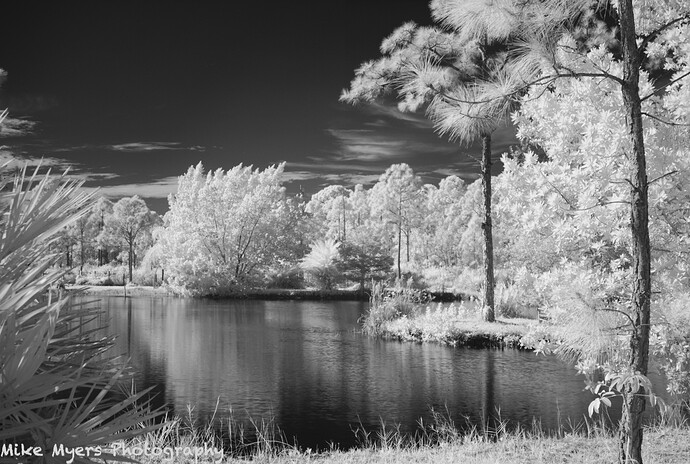7Artisans introduced a 35mm f/5 lens in Leica mount, which sells for only $280 new. My first lens wasn’t sharp, so I had KEH send me another, which is brilliantly sharp - but the edges aren’t until/unless I step down. My goal for the lens was to put it on my Leica M8.2 camera, where thanks to the sensor crop, the weak points of this lens are cropped out by the sensor.
I had some time this morning, and took a series of photos at “normal” exposure, with an infrared dark black filter, with a polarizing filter, and with a dark red filter. For me, Infrared Photography can be in color (with “fake” colors), or in B&W which is an accurate representation of what the sensor saw. However, the infrared photos were all out of focus - so I had to experiment to find where to place the “infinity” mark on the lens to get a sharp image, which ended up being between the f/8 and f/11 marks on the depth of field scale. Then I got what I wanted.
I’m placing this on hold for a while, and going back to things Joanna just showed me about how to use control lines better, but here are two images, one from using a red filter, and converting to black&white, and another for what the infrared filter created, straight from my camera (but converted to TIFF so it can later be edited in PhotoLab 5). You might want to try this too, as if you don’t adjust your focus for infrared light, the images will be out of focus…
For all images - 7Artisans 35mm f/2 $280 lens, on Leica M8.2, all exposure settings taken from the M8.2 exposure meter, adjusting until the focus spot was bright red (so the camera thought the exposure was good).
Straight from camera, no processing:
Same as above, but with polarizing filter:
Normal photo, red filter, converted to B&W in PL5:
Real “infrared”, Leica M8.2, f/8, 1/4 second, ISO 160:
Same infrared image as above, but with saturation and vibrancy set to zero:
That last image is sort of my goal for “real” infrared images, but I can probably use PL5 to improve it - maybe tomorrow. I can also try to process it with channel switching for a false-color image, but not now.
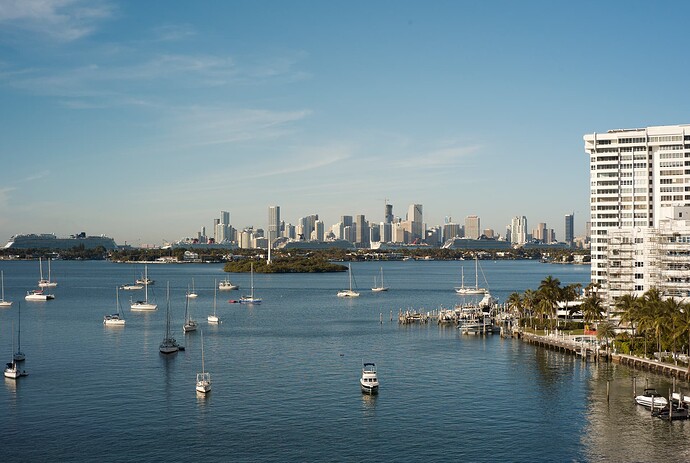
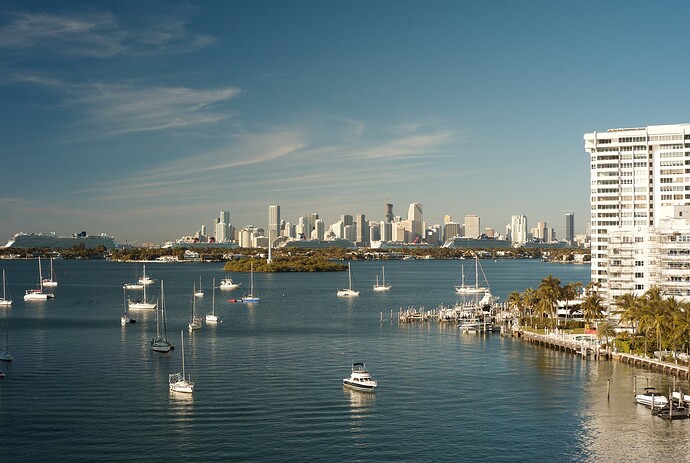

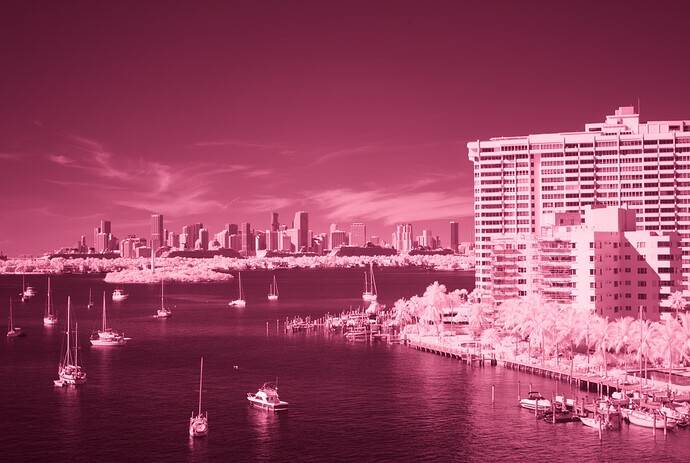
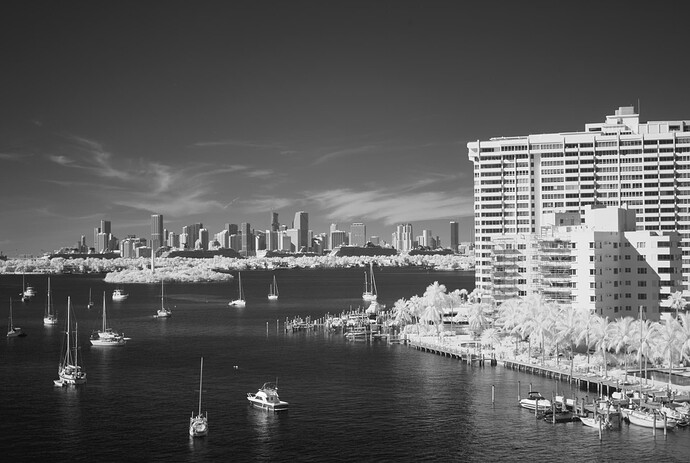



 Free to DXO Development Team.
Free to DXO Development Team.
